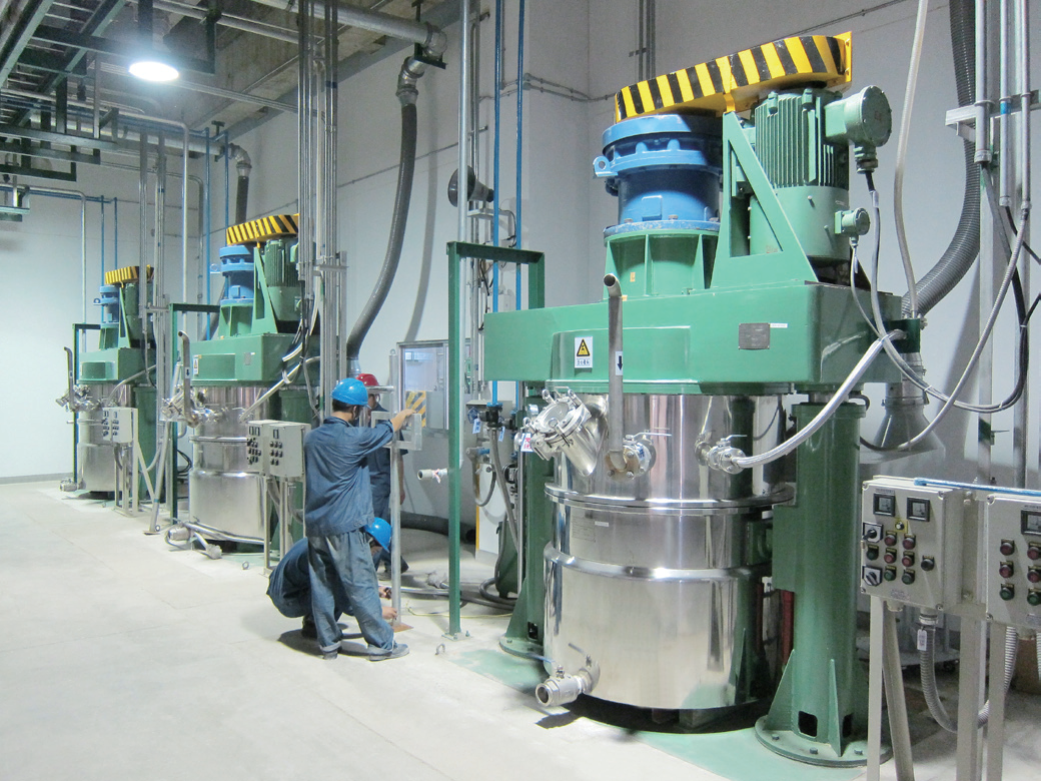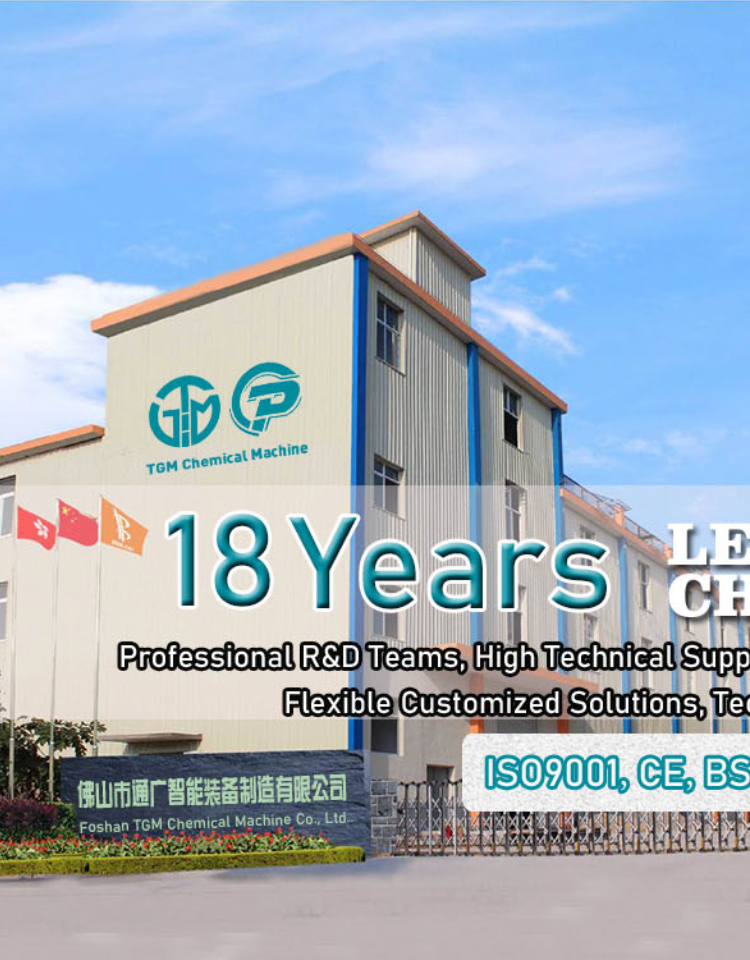Email cannot be empty
Password cannot be empty
Email format error
Email cannot be empty
Email already exists
6-20 characters(letters plus numbers only)
The password is inconsistent
Email format error
Email cannot be empty
Email does not exist
6-20 characters(letters plus numbers only)
The password is inconsistent


Machine Requirement of Making Silicone Sealant And The Function of the Machine
1. Core Equipment Configuration List
Raw Material Processing Unit
-
Vacuum Mixer: Used for strong mixing of silicone-based materials and fillers, with a vacuum degassing function (to avoid bubble residues before curing for acidic adhesives). It is recommended to choose a stainless steel model with double-layer stirring paddles and a temperature control system, with a capacity selected based on output requirements (1-5 tons).
-
Three-Roller Mill: Homogenizes the mixed paste to eliminate particle agglomeration and ensure the leveling property of acidic adhesives. The roller material needs to be resistant to acid corrosion (e.g., tungsten carbide coating).
Reaction and Mixing Unit
-
Planetary Mixer: Used for viscosity adjustment of the gel before filling, may integrate a vacuum system for further degassing. A double planetary structure is recommended, with adjustable speeds from 0 to 60 rpm, with power matched to the viscosity of the gel (acidic gels typically have higher viscosity than neutral gels).
Filling and Packaging Unit
-
Semi-Automatic Piston Filling Machine: Specifically designed for filling acidic adhesives into hard tubes (aluminum/plastic). Contact parts must resist acetic acid corrosion (e.g., PTFE coating). Filling accuracy should be ±1%, with a speed of 25-40 tubes/minute, supporting various specifications of 150-500ml.
-
Labeling and Packing Equipment: Semi-automatic labeling machine + manual stacking. Labels should clearly mark corrosion warning labels for acidic adhesives (compliant with GHS standards).
Auxiliary Systems
-
Vacuum Degassing Unit: Configured in segments during mixing, reaction, and filling to ensure the final product is free from bubble defects (bubbles can lower the weather resistance of acidic adhesives).
-
Exhaust Gas Treatment System: The production of acidic adhesives releases trace amounts of acetic acid vapor. Therefore, it requires a caustic spraying tower or activated carbon adsorption device to comply with European and American environmental regulations.
-
Laboratory Testing Equipment: Includes pH testers (to monitor the acidic environment), tensile testing machines (to test adhesive strength after curing), and accelerated aging boxes (to simulate weather resistance).

